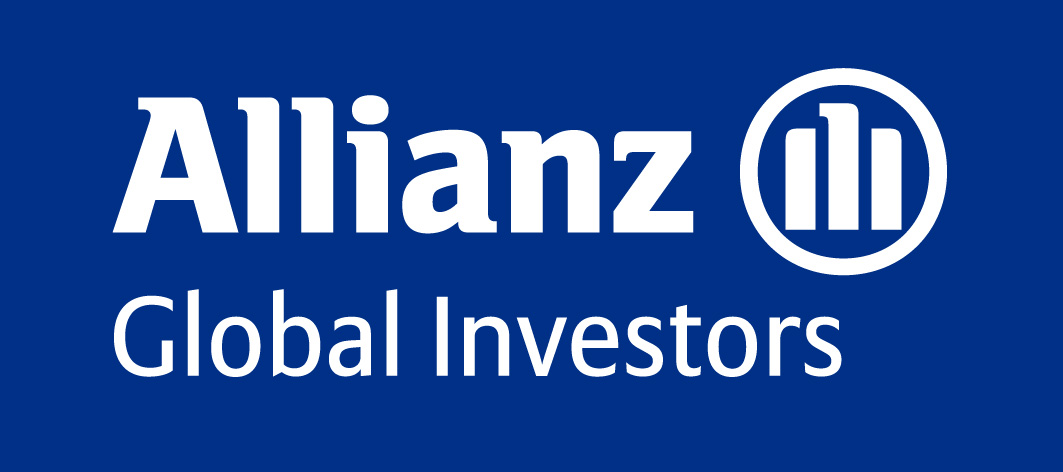 (Reuters) – China’s factories took a hit in May as export orders fell sharply, a private sector survey showed on Thursday, suggesting surprise weakness in April’s hard economic data persists even as policymakers seek to shore up growth.
(Reuters) – China’s factories took a hit in May as export orders fell sharply, a private sector survey showed on Thursday, suggesting surprise weakness in April’s hard economic data persists even as policymakers seek to shore up growth.
The HSBC Flash Purchasing Managers Index, the earliest indicator of China’s industrial activity, retreated to 48.7 in May from a final reading of 49.3 in April. It marked the seventh consecutive month that the HSBC PMI has been below 50, indicating contraction.
A sub-index measuring output rose to a seven-month high, following a rebound in new orders in April. But other figures in May’s figures were less rosy.
The new orders sub-index fell in May, reflecting an even sharper fall in the new export orders sub-index to 47.8 from April’s final figure of 50.2 – pushing it back to within a whisker of March’s 47.7 – data from Markit Economics Research, which publishes the index, showed.
Unexpectedly weak economic data for April released earlier this month was followed quickly by the central bank’s third cut since November in the amount of cash that banks must keep in reserve, to allow more credit to flow into the economy.
This week Beijing has signaled its biggest push since joining the World Trade Organization to boost private investment into areas previously reserved for the state sector, like rail, hospitals and energy transmission.
It also intends to fast track infrastructure investment to combat the slowdown, state media reported.
“Policymakers have been and will step up easing efforts to stabilize growth, as indicated by a slew of measures to boost liquidity, public housing and infrastructure investment and consumption,” HSBC’s chief economist Qu Hongbin, wrote in a statement accompanying the PMI release.
“As long as the easing measures filter through, China will secure a soft landing in the coming quarters.”
The HSBC PMI has provided a contrast to the Chinese government’s official PMI. The government PMI hit a 13-month high of 53.3 in April as exports ticked higher although domestic orders showed signs of weakness.
That survey includes more state-owned firms in its results, while the HSBC PMI captures more private firms, which have a more restricted access to credit. The two surveys also have differing methodologies for seasonal adjustment.
The HSBC Manufacturing PMI index has not been consistently above 50 since June 2011, although it is far above readings of the low-40s reached during the depth of the global financial crisis in late 2008 and early 2009.




it continually bgelgos my mind that in this “day and age of the Internet,” HSBC has still not got around to allowing the use of the Internet — and its timeliness and efficiency — to actually run one’s own banking and monetary concerns. Can they explain, for instance, why it is that one can pay money to the bank online, transfer funds online, put money into gold and foreign currency accounts, etc. but still one cannot yet sign up for a new account, or extend balance limits and transfer limits etc, without first walking physically into a bank, signing eight pages of paper and sending them via mule to Lahore before being able to access the new funds? First we are subjected to these hhorrible key devices to log in and now we are still not able to do unique banking transfers or one off transactions without having to show up physically “for our own safety ans security.” I think we should just stick to stuffing notes into our jock straps.